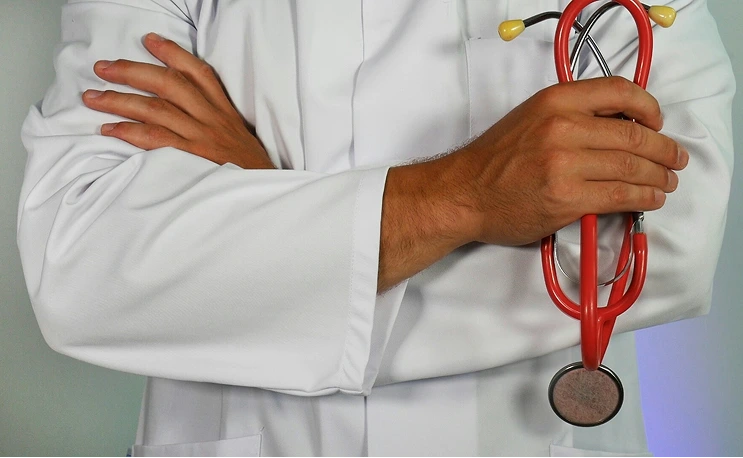Posterior thoracic and thoracolumbar procedures address a wide spectrum of conditions, including trauma, tumours, infections, and degenerative pathology. This versatile approach allows for decompression of neural elements and stabilisation through pedicle screw fixation, with the specific technique tailored to the underlying pathology. For traumatic cases, the focus is on restoring stability; for tumours or infections, aggressive decompression and reconstruction; and degenerative conditions, relieving neural compression while maintaining alignment.
Robotic assistance significantly enhances the safety and accuracy of these procedures across varied pathologies. After patient positioning and registration, the robotic system creates a detailed map of the thoracic or thoracolumbar anatomy. For traumatic cases, the robotic arm guides precise pedicle screw placement despite potentially disrupted anatomy. In tumour cases, the system helps define resection margins and guides instrumentation for reconstruction after tumour removal.
For infectious cases, the robot assists with debridement of infected tissue and subsequent stabilisation. The exceptional accuracy of robotically guided thoracic pedicle screw placement is particularly valuable given the smaller pedicle size and proximity to critical structures, including the spinal cord, lungs, and major vessels. This precision potentially reduces complications while allowing for effective treatment of diverse thoracic and thoracolumbar pathologies.

